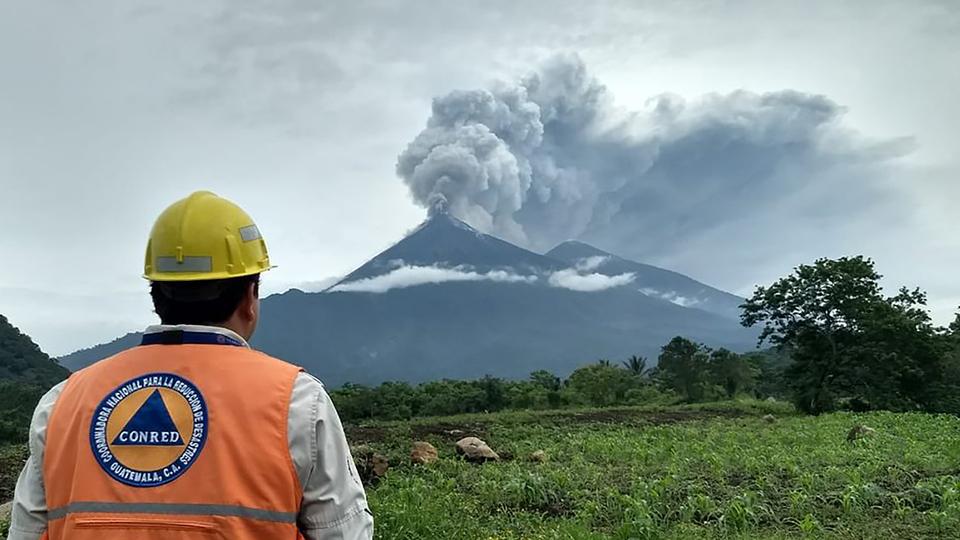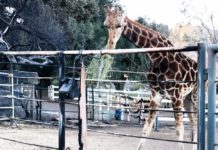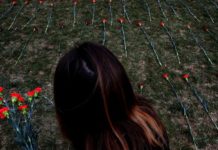At least 62 killed by erupting volcano in Guatemala
“There are injured, burned and dead people,” says National Disaster Coordinator Sergio Cabanas, adding, an undetermined number of people were missing following the violent eruption of Fuego volcano in over four decades.
 This Handout picture released by the National Disaster Relief Agency of Guatemala shows Volcano Fuego during an eruptive pulse in El Rodeo, Guatemala on June 3, 2018. (AFP)
This Handout picture released by the National Disaster Relief Agency of Guatemala shows Volcano Fuego during an eruptive pulse in El Rodeo, Guatemala on June 3, 2018. (AFP)
At least 62 people, including three children, were killed and nearly 300 injured on Sunday in the most violent eruption of Guatemala’s Fuego volcano in over four decades, officials said.
Fuego volcano, whose name means “fire” in English, spewed an 8 km stream of red hot lava and belched a thick plume of black smoke and ash that rained onto the capital and other regions.
The head of Guatemala’s National Forensic Sciences Institute late on Monday said 13 of the 62 people confirmed dead had been identified.
Around 2 million people have been affected by the eruption.
TRT World’s Reagan Des Vignes has more.
Red and orange alert sounded
President Jimmy Morales announced a red alert for Escuintla, Chimaltenango and Sacatepequez, the areas most affected by the eruption, and an orange alert throughout the country.
The president said he and his government would determine whether to ask Congress to declare a state of emergency in the areas, while at the same time appealing to the population for calm.
TRT World spoke with Antigua-based journalist Louisa Reynolds for more details.
‘It’s a river of lava’
The charred bodies of victims laid on the steaming, ashen remnants of a pyroclastic flow as rescuers attended to badly injured victims.
“It’s a river of lava that overflowed its banks and affected the El Rodeo village. There are injured, burned and dead people,” Sergio Cabanas, the general secretary of CONRED, said on radio.
Cabanas said one of those killed was a CONRED employee. He added that 3,100 people had evacuated the area so far.
The conical Volcan de Fuego reaches an altitude of 3,763 metres above sea level at its peak.
At least 6 dead and 20 people injured after #Volcanic Eruption
Volcán de Fuego #Guatemala #VolcanDeFuego #Guatemala. A #Lahar descends from the #Volcano of fire and partially destroys a #bridge on the road RN14 Sacatepéquez-Escuintla. Via:@NestorTrigueros pic.twitter.com/T6u6UJr9Bi— Alexander Hansen (@AlexanderXV) June 4, 2018
Widespread devastation
Dozens of videos were popping up on social media and local TV, depicting the extent of devastation.
One video published by news outlet Telediario purportedly taken in the El Rodeo village showed three bodies strewn atop a lava flow, as rescuers arrived to attend to an elderly man caked from head to toe in ash and mud.
“Unfortunately El Rodeo was buried and we haven’t been able to reach the La Libertad village because of the lava and maybe there are people that died there too,” said CONRED’s Cabanas.
In another video, a visibly exhausted woman said she had narrowly escaped as lava poured through corn fields.
“Not everyone escaped, I think they were buried,” Consuelo Hernandez told local news outlet Diario de Centroamerica in a video.
“We saw the lava was pouring through the corn fields and we ran towards a hill.”
Steaming lava flowed down the streets of a village as emergency crews entered homes in search of trapped residents, another video on a different local media outlet showed.
The eruption forced the Guatemala City’s La Aurora international airport to shut down its only runway due to the presence of volcanic ash and to guarantee passenger and aircraft safety, Guatemala’s civil aviation authority said in a Tweet.
”We have shut it down as a precautionary measure for the planes because the volcanic ash is harmful to the turbines,” the airport spokesman, Francis Argueta said.
“Right now, we are carrying out an inspection around the installations, to determine the level of difficulty we have and we found a lot of ash.”
Praying for Guatemala 🇬🇹
One of Central America's most active volcanos erupted Sunday, killing at least seven people and injuring 20 while a towering cloud of smoke blanketed nearby villages in heavy ash — authorities say the death toll could rise. pic.twitter.com/ywGTS3CLUc
— ANTONIO ARELLANO (@AntonioArellano) June 4, 2018










